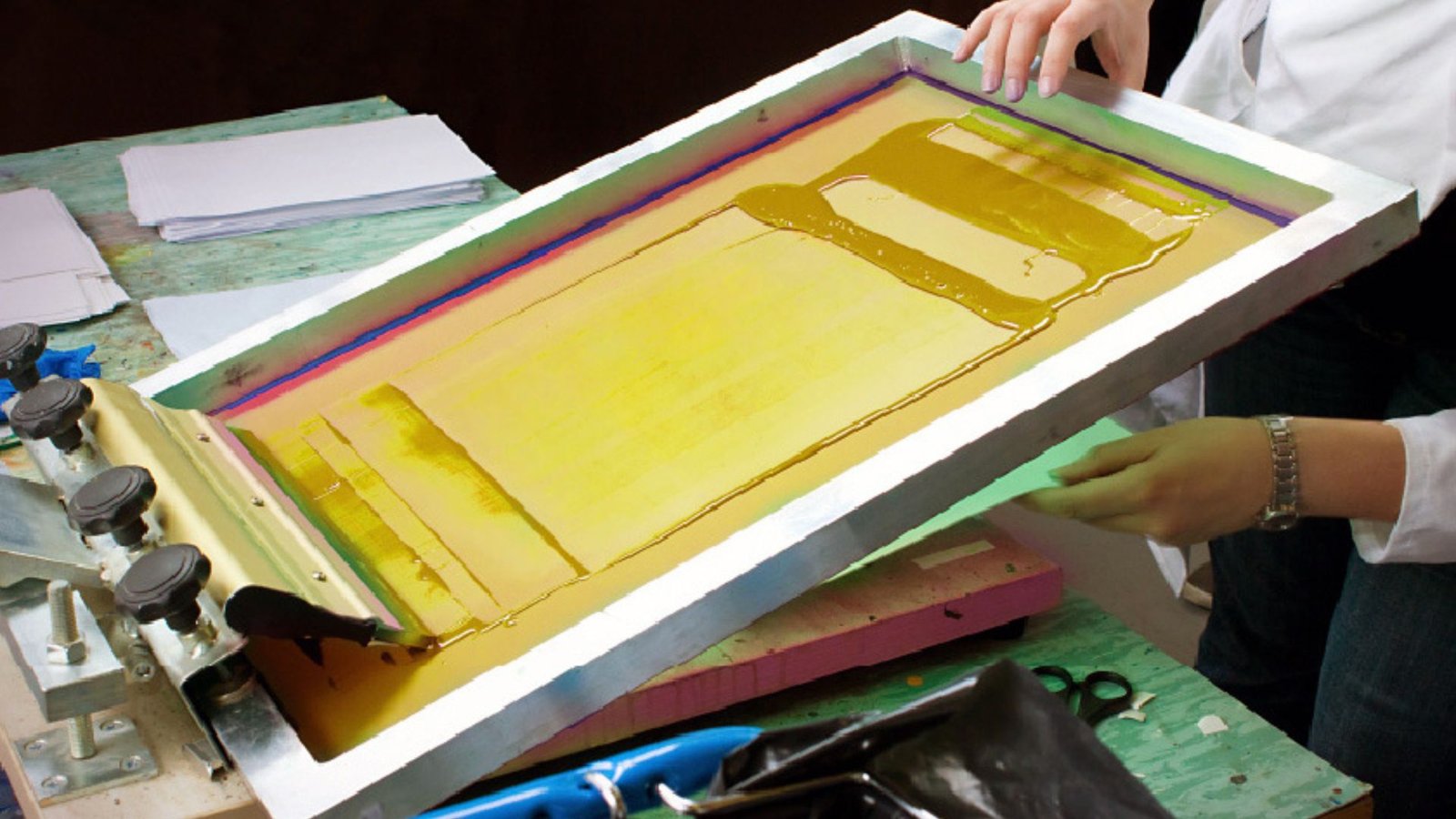When it comes to printing on delicate materials, it’s crucial to choose the right technique to ensure a high-quality result without damaging the fabric or surface. Methods for printing on delicate materials can vary depending on the material type, the design, and the desired durability of the print. In this article, we’ll go over the best printing methods for delicate materials, offering you clear and practical solutions for successful results.
Choosing the Right Printing Method for Delicate Materials
The first step in methods for printing on delicate materials is selecting the appropriate printing technique. Not all printing methods are suited for delicate fabrics or materials. Some methods may cause damage, while others may not provide the desired quality. Therefore, it is important to consider the material’s texture, thickness, and sensitivity when choosing a printing method.

Screen Printing for Delicate Fabrics
Screen printing is one of the most popular methods for printing on delicate materials, especially fabrics like silk or lightweight cotton. It involves creating a stencil (or screen) and using it to apply ink onto the material. Methods for printing on delicate materials like this one require careful attention to the ink used. Water-based inks are ideal for printing on delicate fabrics, as they are lighter and less likely to cause damage. For best results, it’s important to use a thin layer of ink to avoid over-saturation, which can weigh down the fabric or cause bleeding.
Heat Transfer Printing for Delicate Materials
Another great method for printing on delicate materials is heat transfer printing. This technique uses heat to transfer a design onto the material using a special transfer paper. Heat transfer printing is ideal for printing on fabrics like polyester or even delicate items like custom scarves. The key is to make sure the temperature is set correctly so that the heat doesn’t damage the material. Using a low-heat setting and pressing the design carefully ensures that the material remains intact while still achieving a vibrant, detailed print.
Direct-to-Garment (DTG) Printing for Soft Fabrics
For those who want a more intricate design with vibrant colors, Direct-to-Garment (DTG) printing is an excellent choice. This method works by directly printing the design onto the material using specialized inkjet technology. Methods for printing on delicate materials like this one provide high resolution, which is ideal for detailed graphics. However, DTG printing works best on soft, natural fabrics such as cotton or linen. The key to using DTG on delicate fabrics is ensuring the fabric is pre-treated properly and the printer settings are adjusted to avoid over-saturation.
Foil Printing for Special Effects on Delicate Materials
If you want to add a unique, metallic shine to delicate materials, foil printing is a fantastic choice. This technique involves applying adhesive to the material and then pressing a foil sheet onto the design area. When done correctly, foil printing creates a stunning effect without damaging the material. It’s a great option for delicate fabrics like silk or chiffon.
Sublimation Printing for Polyester Fabrics
Sublimation printing is another excellent choice for printing on delicate materials, especially polyester fabrics. This method uses heat to turn dye into gas, which bonds with the fibers of the fabric. Sublimation printing produces vibrant, long-lasting colors that won’t fade or crack over time. However, it’s important to remember that sublimation printing only works well on polyester and polymer-coated materials. For delicate items like sportswear or custom tote bags made of polyester, sublimation is an efficient and reliable method to achieve beautiful, crisp designs.
Embroidery as a Printing Alternative
Although not technically a printing method, embroidery is often used as an alternative for printing on delicate fabrics. This technique involves stitching a design into the fabric using thread, and it’s especially ideal for high-end materials such as silk or fine cotton. It’s a perfect choice for small, detailed logos or simple text on delicate fabrics.
Conclusion
There are various methods for printing on delicate materials, each with its own benefits and requirements. Whether you choose screen printing, heat transfer printing, or direct-to-garment printing, it’s important to consider the material type, ink selection, and the desired outcome. By following the right techniques and paying attention to the details, you can ensure that your prints come out beautifully and that your delicate materials remain intact. Choose the method that best suits your project and start creating stunning, high-quality prints!











